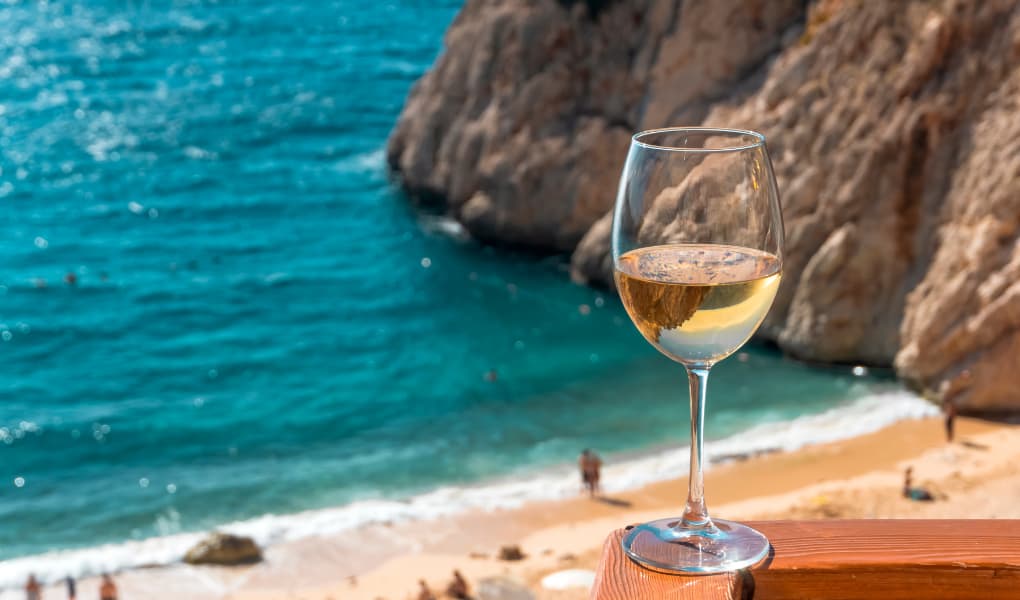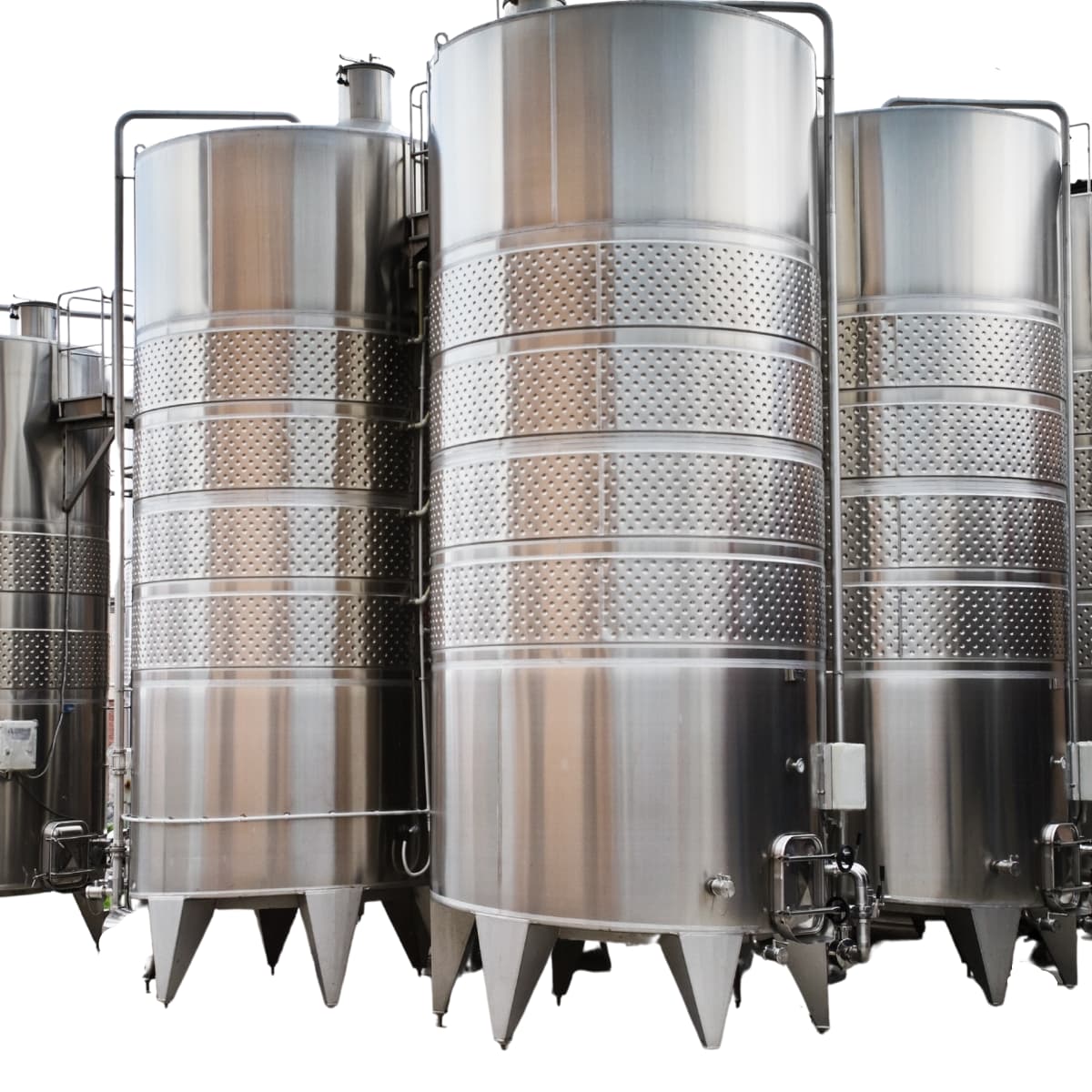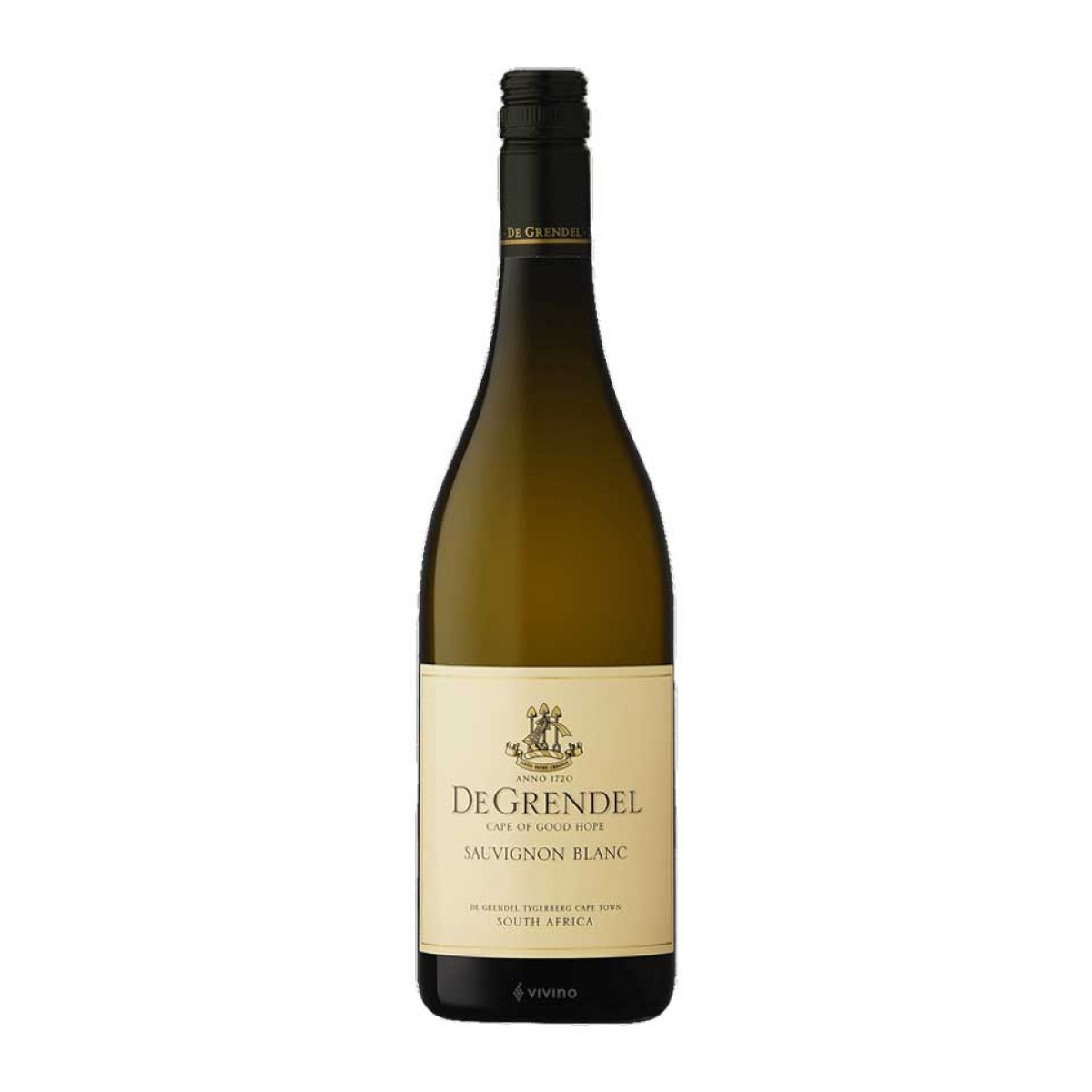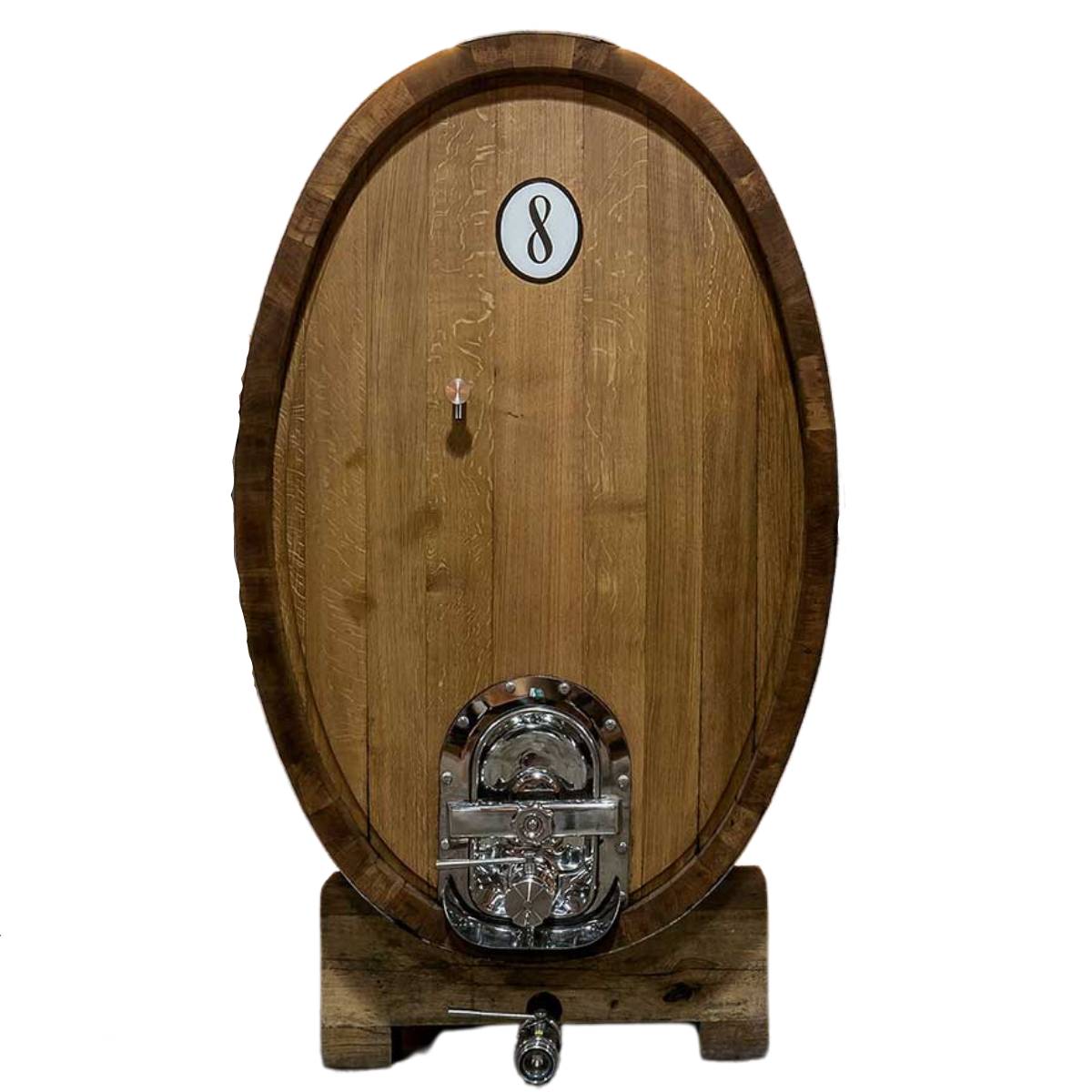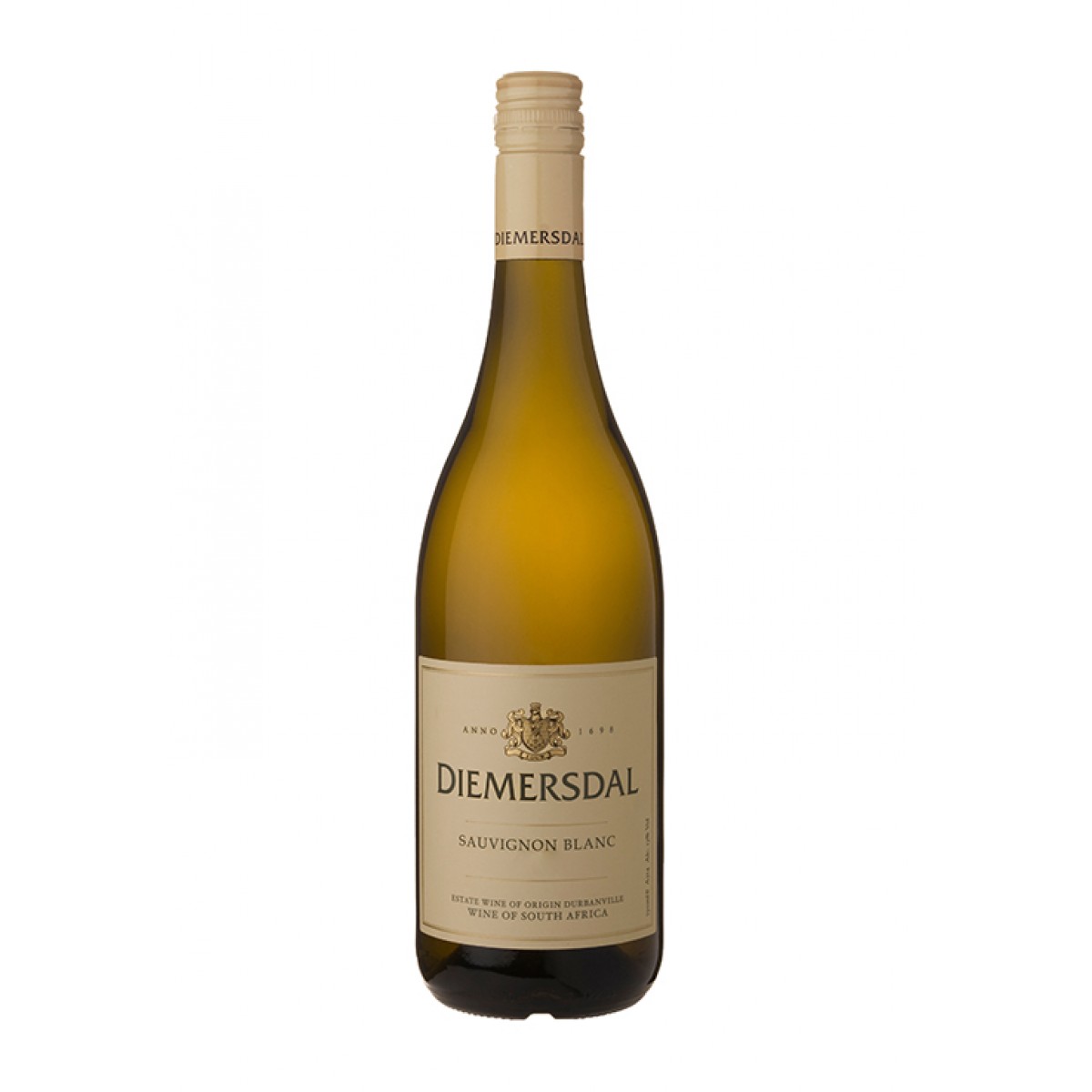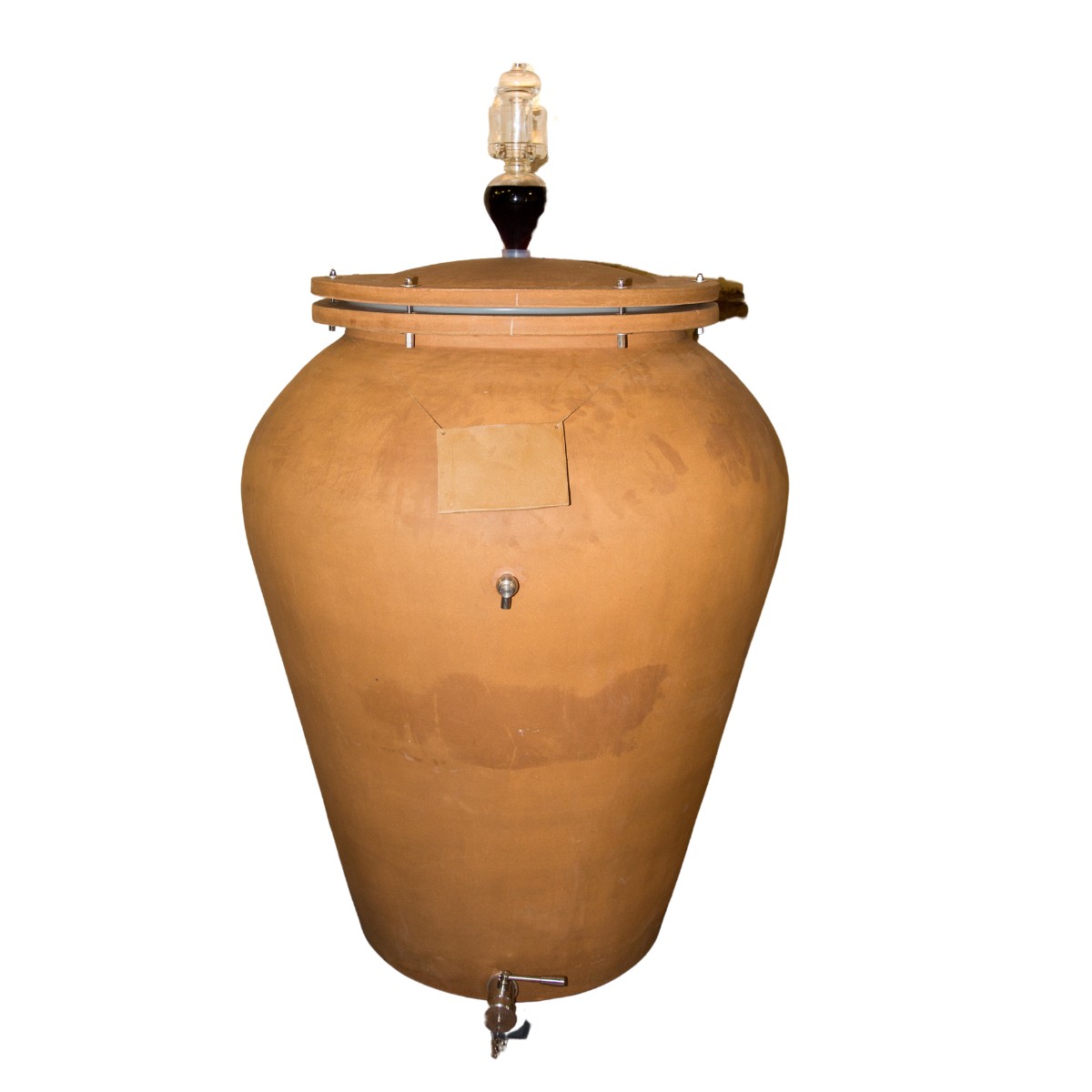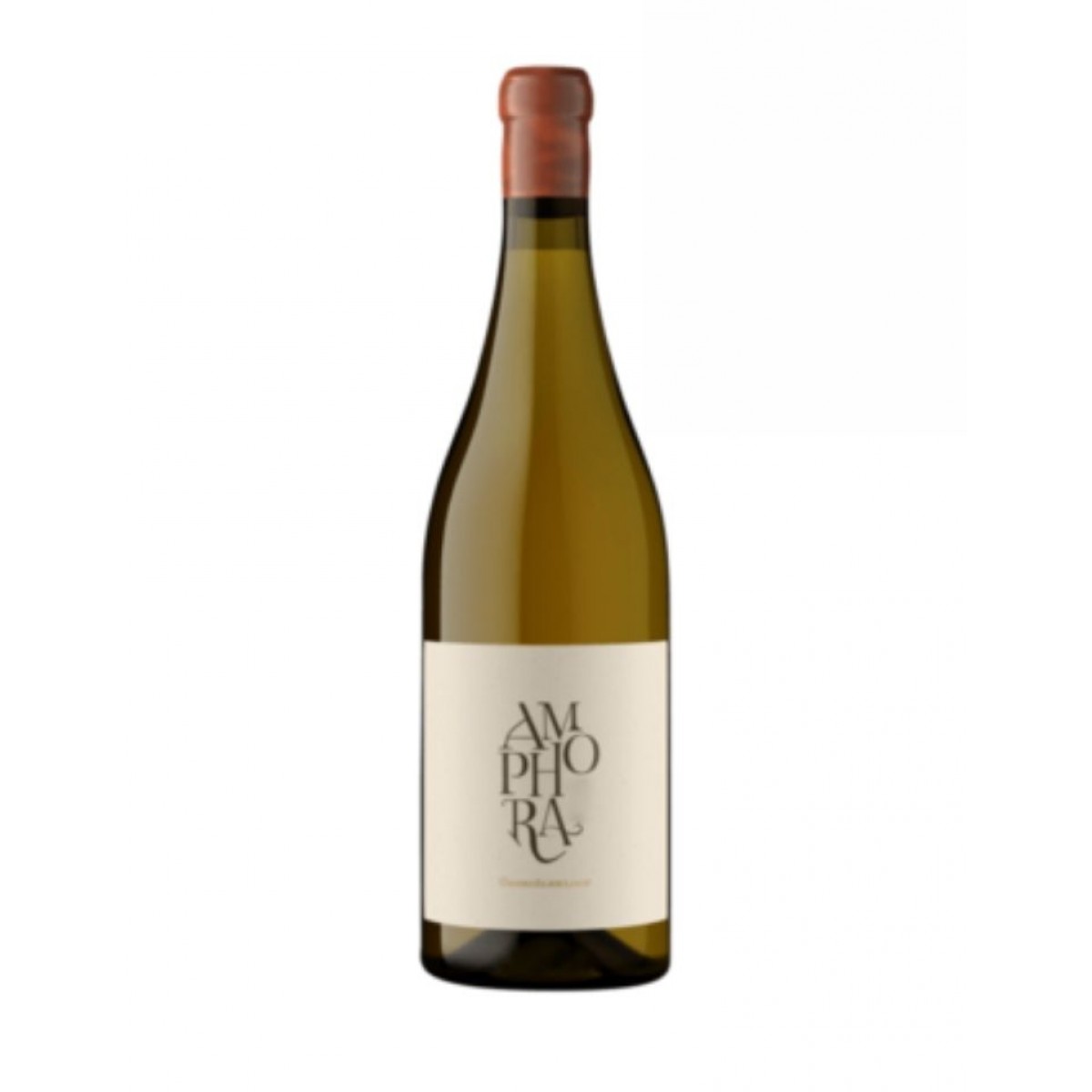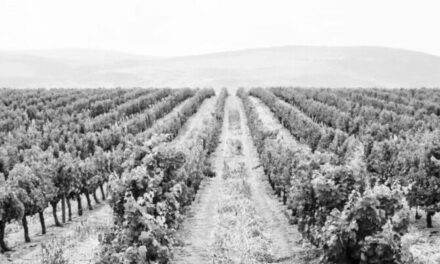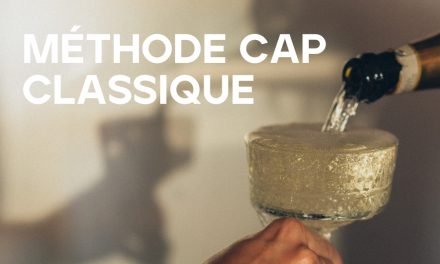The fresh, «wild» white wine
Vinification methods of Sauvignon Blanc
Sauvignon Blanc is ideal for the warm summer months. Whether fresh, crisp, fruity or smoky – how does the taste get into the bottle?
We explain which vinification methods create the special note of your favourite Sauvignon Blanc and show you which of these wines you can enjoy the summer with.
The exact date when the first Sauvignon Blanc was planted in South Africa cannot be clearly determined. This also applies to the actors who should be called pioneers of this grape variety. What is certain is that it was planted on Groot Constantia in the late 1880s. It is also not in question that Sauvignon Blanc is the most popular grape variety in South Africa.
The Sauvignon Blanc variety, also called Blanc Fumé, or Sauvignon Jaune, comes from the west of France, from the wine regions of the Loire Valley and Bordeaux. It is a natural cross between Traminer and Chenin Blanc. Further, Sauvignon Blanc was crossed with Cabernet Franc, resulting in Cabernet Sauvignon. The grape variety plays an important role in many major wine producing countries, from Europe and the Old World to almost all New World growing countries. The six largest growing countries for this grape variety are France, New Zealand, Chile, South Africa, Australia and Romania. However, there are about 40 other countries where the variety is grown.
In South Africa, Sauvignon Blanc is mainly grown in the coastal regions, especially in the Stellenbosch, Constantia and Walker Bay areas. The climate in these regions is Mediterranean, with cool sea breezes that benefit the vineyards and help the Sauvignon Blanc grapes retain their freshness and acidity. The soils in these regions are often clayey and loamy, giving the Sauvignon Blanc a good minerality.
Overall, winemakers in South Africa have a choice of materials when vinifying Sauvignon Blanc, including steel, wood, amphorae or concrete. Each material has its own advantages and can provide different aromas and flavours to the wine. The final product also depends on the combination of factors such as soil, climate and vineyard management.
Vinification in stainless steel tank
Steel tanks are a popular material for fermenting Sauvignon Blanc as they provide a neutral environment that allows the wine to retain its freshness and fruitiness. The use of steel tanks is also easier to control than wooden barrels or concrete, as they are not as porous and therefore less oxygen can penetrate. This allows the winemaker to better control the influence of air on the wine and prevent it from oxidising.
Vinification in large wooden barrel
Wooden barrels are often used for storing Sauvignon Blanc. The use of wood can add complexity and aromas to the wine. The type of wood and the degree of toasting have a significant impact on the flavour and aroma of the wine. Wooden barrels can be made from different types of wood such as oak, pine or acacia and contribute to the flavour, aroma and texture of the wine. During vinification in wooden barrels, the tannins and aromas from the wood can penetrate the wine and add complexity and depth. In addition, wooden barrels can also help control oxygen exchange in the wine, which can contribute to ageing and maturation. Sauvignon Blanc that has been aged in wooden barrels may have vanilla, cinnamon or smoke aromas.
Vinification in the amphore
Vinification in amphorae or concrete eggs is a popular technique used by many winemakers around the world. This method is often referred to as the “natural” or “traditional” method, as it draws on technologies that have been used for thousands of years. Amphorae have the advantage of being porous and allowing the wine to breathe, which allows natural micro-oxidation to occur. This can help soften and smoothen the wine, giving it a special texture and complexity. In addition, amphorae and concrete eggs can stabilize the temperature, which helps the wine to ferment and age naturally. Another advantage is that they do not release unwanted aromas or chemicals, as can be the case with some wooden barrels. In this way, the natural aromas and flavors of the wine can be preserved.
All prices in CHF incl. VAT. Daily price from 09.05.2023.
Offers valid while stocks last. Errors and price changes subject to change.

